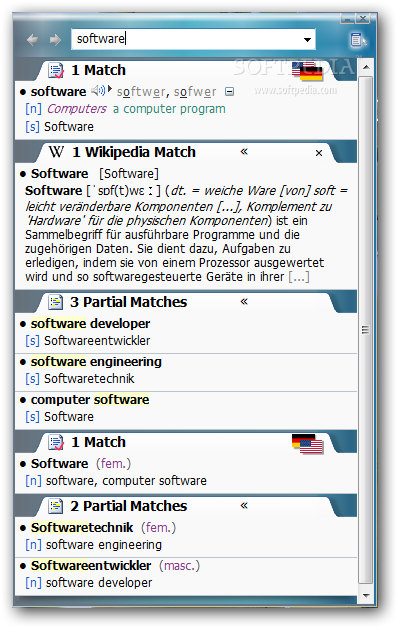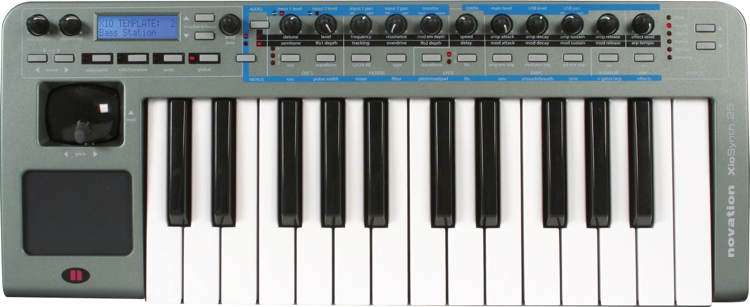Red Hat Enterprise Linux (RHEL) Server Workstation Desktop 6.9 13.71 GBDescription: After ten months of development, Red Hat introduced the release of the Red Hat Enterprise Linux 6.9 distribution. RHEL 6.9 is the first release prepared in the second stage of maintenance, where priorities have shifted to correcting errors and security problems, with minor improvements related to supporting important hardware systems.The inclusion of significant functional improvements has been discontinued. Installation images RHEL 6.9 are available for download only to registered users of Red Hat Customer Portal.Key innovations Red Hat Enterprise Linux 6.9:A large purge of obsolete algorithms and protocols, the security of which is questioned. In particular, the algorithms appearing in such attacks as DROWN vs.
SSL 2.0, SLOTH vs. MD5, LOGJAM and FREAK vs.
Not that I’m trying to split hairs, but you said you want to up-convert to HD and then remaster your DVD. Generally speaking, DVDs are only SD.
So you’ll end up going SD HD Back to SD. That’s just silly and worse than where you’re starting.Do you mean Blu-ray?“What if I am simplyconverting the MPEG-2 file to an HD format.”What MPEG-2 files are you talking about? I hope you’re not talking about the ones on the DVD.

As XTR already explained, it’s low quality.Where is your full-quality Master? Up-convert that. Not material pulled from a DVD. Hi,First rule:You cannot produce more quality than the original quality in hand but some software can push on maximum image quality. And maximum bit rate allowed.Rule 2SD is 4:3 ratio HD is 16:9 ratio you need to crop your movie screen some software like Sothink from Sourtec can do the work.Nobody can obtain the B-R quality 720 x 480 is far than 1920 x 1080 but not to far 1280 x 720.You can save your DVD try with demo before to invest in costly software mathematic is mathematic.Regards,YR.
Mike,Many years ago, the ‘Ilford’ company, makers of film-stock in Britain, had a most effective advertisement. It was a shot of a 35mm photographic negative, with the caption, ‘If you haven’t got it hereYou haven’t got it’. Truer words were never spoken.Like you I have been searching for the ‘Holy Grail’ Indoing so,I have upscaled some of my earlier footagefrom High Quality mpg2 to Hi-Def formats. The results have been, at best, inconclusiveat worst, a waste of time. After using some high-powered codecs, I have concluded that changing my stuff from mpg2 is a waste-of-time. What I am looking forward to, though, is downscaling fromAVCHD to 720 x 576 SD.
Our video-recorder/player, a Panasonic, makes a marvellous job of it and direct loading from the camcorder I have in-mind, via a HDMI cable, is likely to be a breeze. In my humble experience, nothing alreadychanged into a compressed format,such as mpg2, ever benefits from being changed back.I am 5 years into an on-going project, and downscaling to match what I already have, makes good perfectly good sense, to me.
Blu-ray players, and many newer DVD players, offer upconversion to HD via the HDMI output, and a decent-quality DVD (standard definition source mind you) can look VERY nice on an HD display. That way.Therefore, I don't recommend bothering with trying to convert SD material HD, except in the circumstance that you are editing a project that is mostly HD footage, that will be distributed in HD, and you have some legacy SD footage that needs to be included. Then you try to upscale the SD material as best you can. Whether that is using RedGiant or Boris or some other tool.What I see quite a bit of on TV for documentaries and such is when they need to include SD footage in an HD program, they make it a bit smaller, with a full-screen blurred version of the same clip as the background. Kind of blends in and people are used to seeing that I think since it is common. I see it on the local news a lot as well when they have 4:3 clips, they do the blurred background clip rather than pillarbox edges. Lots of this found on PBS shows.Jeff.
It seems like a dead thread, but since the question has been asked againGarbage in – garbage out. You cannot simply make SD into HD and see an improvement in quality.What you will see is an improvement in quality by playing the SD source digitally through HDMI into a 1080p television over viewing that same SD source on an SD television over an analog cable. But that's only an improvement in your playback and monitoring – not the video itself.The best you can honeslty hope for is to sweeten your video through improving contrast and color.correction. How you do that is up to you.It's generally accepted that contrast has more impact on the perception of image quality than resolution. That's why at the same viewing angle, a higher contrast 720 plasma monitor will appear better than a lower contrast 1080 lcd monitor.
(Dont' get me started on plasma vs lcd, please.)Before diving into the project, make sure the slight improvement is going to be worth your effort. Hi Trevor,Please explain your reasoning. It makes no sense to say that the MPEG-2 file (.vob) straight from the disc is suddenly going to turn into 'VHS SLP' quality. The file should look every bit as good as when it was encoded to MPEG-2, since it is the same file! Maybe that was your experience, but I would then question the software and workflow utilized, must be a problem there.Using Premiere CS5.5 or CS6, I can import.vob files direct from DVD and they look excellent, as they ought to. Not saying that 'play it and capture it' won't work, but no way the.vob looks 'bad' or any different than the DVD.
The capture method is going to add additional quality loss because there is the digital-analog conversion for playback, then re-digitizing to another codec, adding generation loss. Plus, some DVD players are going to send out a copy-protected signal (even though it is your own DVD) and many capture cards will refuse to capture that signal.Another option is to use a free software like MPEG StreamClip or HandBrake, to rip your own DVDs to DV,.avi,.mov, whatever. At least this conversion stays digital.I would like to know what the workflow was that turned your DVD into VHS SLP qualityThank youJeff PuleraSafe Harbor Computers.
You'd be surprised how much 'upressing' the VOB tells your computer or DVD player to do when it plays back the file. But without the VOB, MPEG2 DVD files look very compressed and even tend to move at different speeds.But by going through S-Video, you still manage to keep the high quality of the DVD when the player is playing back the VOB file. Sure it's not going to be as good as using the original master, but it's a lot better than working with already compressed video and then recompressing that video for another transfer. I wonder if there’s people still looking at this thread or if there are other threads dealing with upres, which in my case would be from mini-DV to DNxHD, editing in.Most of the stuff, probably 90% or more was shot in HDV 1080/50i. But there was around 10% that was shot on the same Sony Z1 in 4:3 DV/50i. When I started that project, in 2007, there were only HDV options for affordable HD recording, and I didn’t yet know if it was to be exhibited in SD or HD television.

Octava Sd4 Serial
I am trying to find ways, not only to convert the SD to HD (which is the easy part nowadays), but to use some filters to make it “look” better.On a project I shot later, in 2010, the approach was different. I shot with two cameras on several occasions: Sony Z1 @ HDV 1080p/60i and Sony PDX10 @ SD 720p/60i. As both were native 16:9, it was a question of trying some Avisynth plugins and see which made the image look better when blowing up to HD,As I had used Avisynth in the past, I knew a bit on what fitlers did what. As you can imagine, when you have mostly close-ups instead of wide shots in SD, results are quite good.But I wonder if there other software options that can resemble what BD players do, with hardware, when playing a DVD on an HD monitor. With Mini-DV it would be better to go from the Mini-DV rather than a DVD, and you'd be able to do a true digital transfer. But if you were going from DVD, an analog transfer would give you the higher quality than using the VOB/MPEG files on the DVD.
Octava Sd4 Keygen Download
And for upressing for HD, you might want to think about going to 1080i, since then you would be upressing from an interlace signal to an interlace signal. Unfortunately, converting to a progressive signal is going to hurt your video anyway you do it.